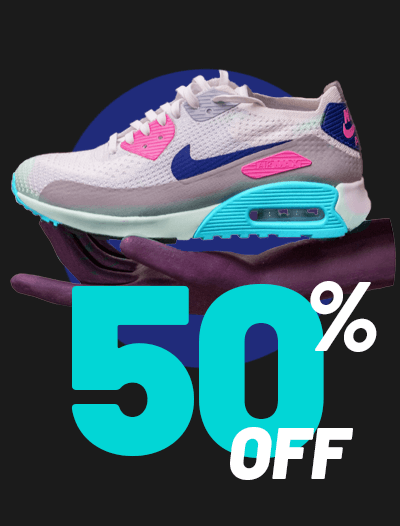Understanding Pebble Chin: Causes, Treatments, and Prevention
Facial aesthetics play a significant role in our overall appearance, and any irregularities can affect our confidence. One such concern is the pebble chin, a condition characterized by a bumpy or dimpled texture on the chin, resembling the surface of a pebble. In this article, we will explore the causes of pebble chin, effective treatments, and ways to prevent it.
What is Pebble Chin?
Pebble chin, also known as orange peel chin or peau d’orange, is a condition where the skin on the chin becomes textured with small bumps and dimples. This uneven surface can give the chin an aged or rough appearance, which can be distressing for those affected.
Causes of Pebble Chin
- Genetics: Some people are genetically predisposed to develop a pebble chin. If your parents or grandparents had it, you might be more likely to experience it as well.
- Aging: As we age, the skin loses collagen and elasticity, which can lead to a dimpled appearance on the chin.
- Muscle Activity: Overactivity of the mentalis muscle, located at the tip of the chin, can cause the skin to bunch up, creating a pebbly texture.
- Acne Scarring: Previous acne can leave behind scars that contribute to the uneven texture of the chin.
Treatments for Pebble Chin
- Botox Injections:
- How it Works: Botox relaxes the mentalis muscle, reducing the appearance of dimples and smoothing out the skin.
- Procedure: The treatment involves a few small injections into the chin area, taking only a few minutes.
- Results: Effects are typically seen within a few days and can last for three to six months.
- Dermal Fillers:
- How it Works: Fillers add volume to the chin area, smoothing out dimples and providing a more even texture.
- Procedure: The filler is injected into the targeted areas, and results are immediate.
- Results: Effects can last from six months to over a year, depending on the type of filler used.
- Microneedling:
- How it Works: Microneedling stimulates collagen production, improving skin texture and reducing the appearance of dimples.
- Procedure: A device with fine needles creates tiny punctures in the skin, triggering the body’s healing response.
- Results: Several sessions may be needed for optimal results, with improvements appearing gradually over a few months.
- Laser Resurfacing:
- How it Works: Laser treatments remove the outer layer of skin, promoting the growth of new, smoother skin.
- Procedure: The laser device is passed over the chin area, and recovery time varies depending on the intensity of the treatment.
- Results: Long-lasting results with significant improvement in skin texture.
Preventing Pebble Chin
- Skincare Routine: Maintain a good skincare routine with products that promote collagen production and skin elasticity. Use sunscreens, moisturizers, and products with retinoids or peptides.
- Healthy Diet: A diet rich in vitamins and antioxidants supports skin health. Incorporate plenty of fruits, vegetables, and healthy fats into your meals.
- Hydration: Keep your skin hydrated by drinking plenty of water and using hydrating skincare products.
- Avoid Overuse of Facial Muscles: Be mindful of repetitive facial movements that could contribute to muscle overactivity in the chin area.
Conclusion
Pebble chin is a common cosmetic concern that can affect your confidence, but there are effective treatments available. From Botox and dermal fillers to microneedling and laser resurfacing, you have several options to choose from based on your needs and preferences. Additionally, adopting a good skincare routine and healthy lifestyle can help prevent the development of pebble chin. Consult with a qualified dermatologist or cosmetic professional to determine the best treatment plan for you.







